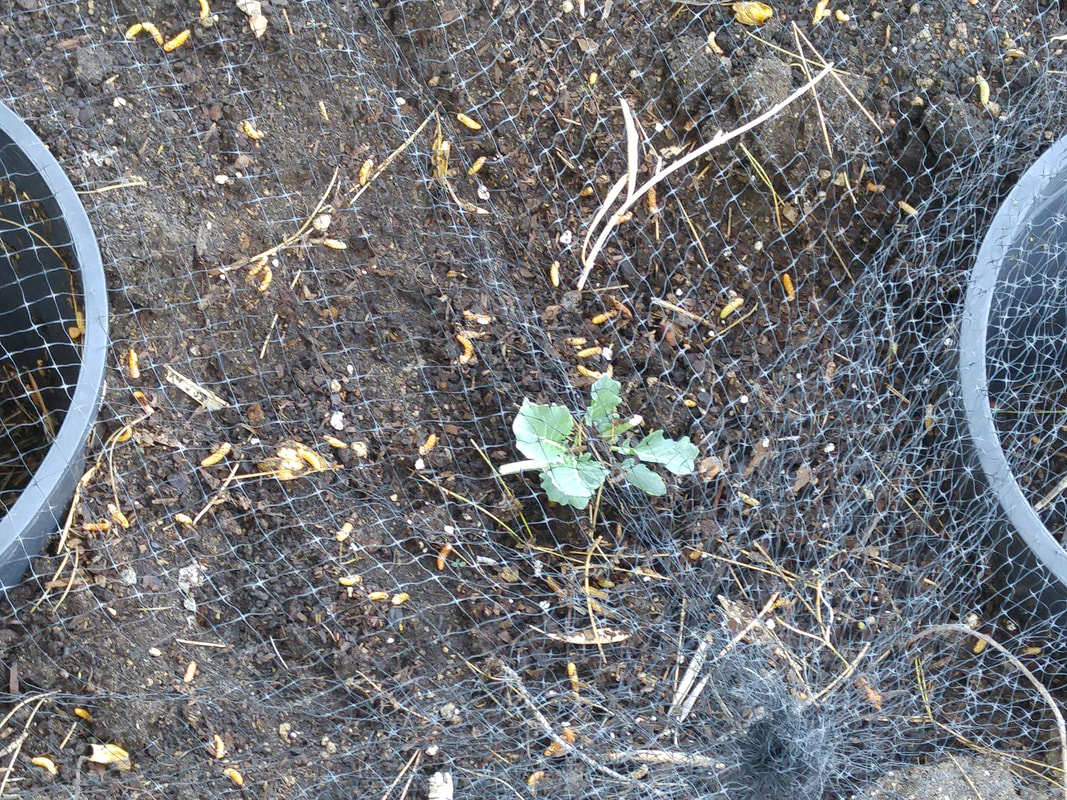 Broccoli foliage got completely munched overnight as soon as I transplanted it, even with what I thought was complete cover by the fruit-tree netting staked around the entire bed. But, I left the plant in, watered it, and it's sprouted more foliage within 2 weeks. I restaked one hole in the netting. We'll see if this new growth continues. 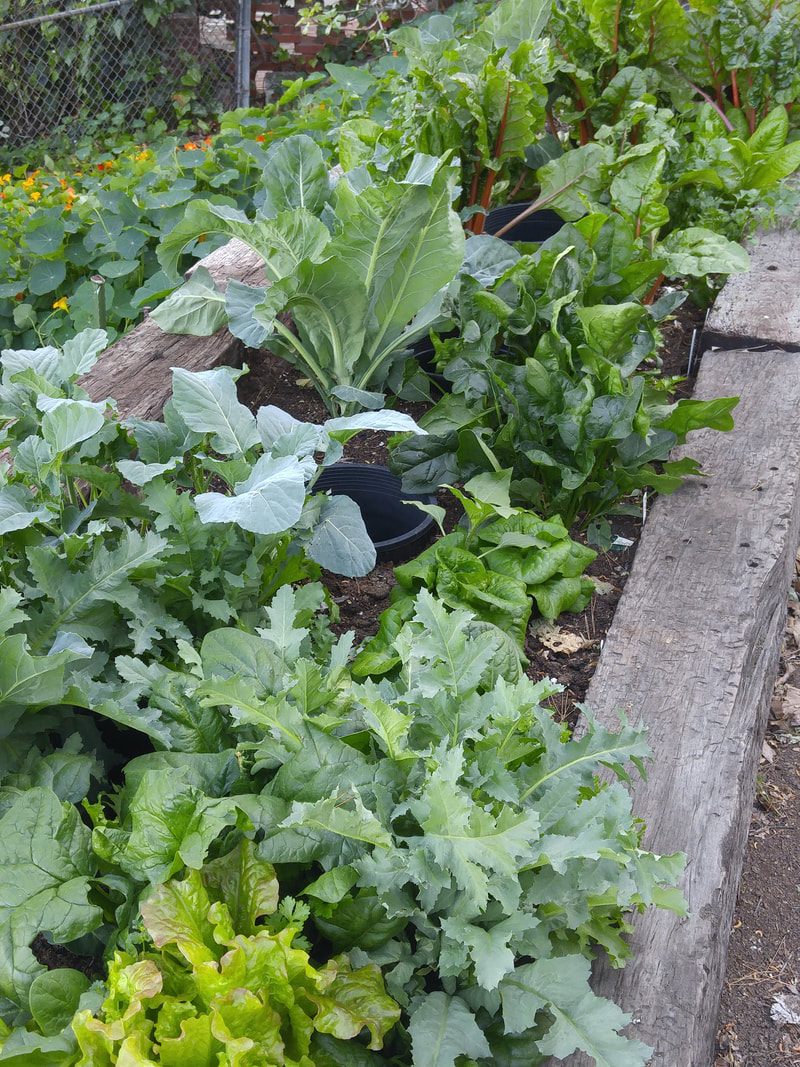 Everything in last year's bed of chard, lettuce, spinach, parsley, and cilantro self-sowed, so we've been enjoying it all for months by harvesting only the outer leaves and allowing the central growing point to continue developing. I added the larger cauliflower plants every 6 feet to allow the foliage to spread as it needs. 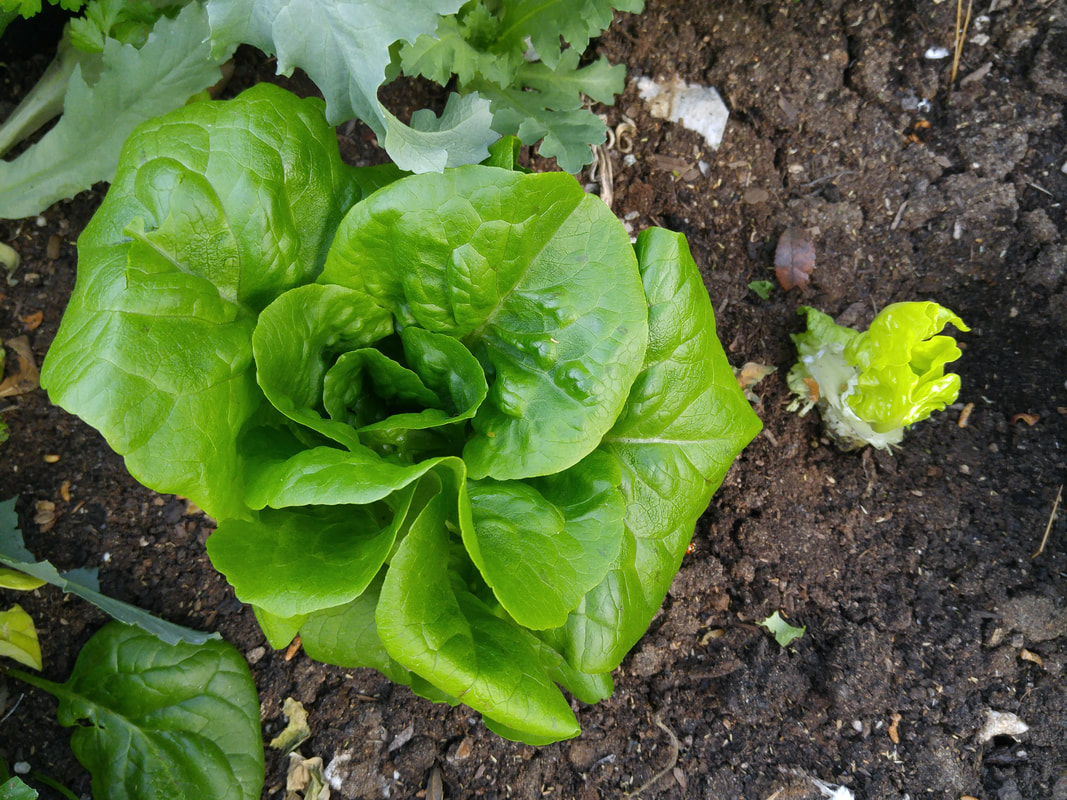 Here's how to harvest only the outer leaves - here of lettuce - and allow the innermost leaves to continue developing. The plant on the left is ready to harvest, and the plant on the right is after harvest. This way, you can keep harvesting from the same plants for months and months, before they bolt (go to seed) when the hot weather finally is too much for them. | We are coming to our twice-yearly transition time -- March is from cool-season to warm-season, and September is from warm-season to cool-season. So, in these two months, it's time to plant something of everything because we don't know what the weather will really do (although, of course, we know that from now on it'll get hotter, but don't know truly when). It's worth gambling that we'll have enough time for more cool-season stuff to harvest. If you’re just now finally thinking about getting your garden growing, here are some things to consider. Veggies Sow beets, carrots, chives, peas, peanuts, radishes, and turnips where they’ll mature. Transplant artichoke, asparagus, broccoli, cabbage, cauliflower, celery, chard, cilantro, jerusalem artichokes, kale, kohlrabi, lavender, leeks, lettuces, marjoram, green onions, bulb onions, oregano, parsley, potatoes, rhubarb, rosemary, sage, shallots, spinaches, strawberries, thyme and turnips. Our evenings are still too cool to take a chance on transplanting basil, cucumber, eggplant, melons, peppers, or squashes. Even if transplants survive, their growth will be stunted and never really thrive. Instead, wait at least another month, and the little plants will vigorously make up for lost time. Plant mint and tarragon in their own containers, as their roots are very vigorous and will take over garden space. For an attractive array of lettuce flavors, textures, and colors, choose varieties from as many as you can find--dark greens, light greens, reds, bronzes; butterhead, looseleaf, romaine, and crisphead. Replant every three weeks for continuous harvests of young, sweet succulent leaves and heads. Choose varieties that are heat-resistant, bolt-resistant, and less likely to turn bitter when they mature during hot weather. Soaking seeds prior to planting--or planting seeds in soil that is too wet--may do more harm than good. When seeds take up water too quickly, their outer coverings cracks. This allows nutrients to leak out, and disease organisms to enter. Beans are especially prone to this problem. Be gentle with all seedlings. Handle the little plants by their root clumps or leaves rather than stems, and never squeeze them tightly. They will grow new leaves and roots, but can't develop new stems. Pluck off strawberry blooms through May--or whenever the warm weather has settled in for good--to concentrate the plant's first real burst of fruiting energy into large sweet berries rather than small tart ones. Unless, of course, you're desperately waiting for that very first berry, even if it is tart. Droughty Landscaping Consider landscaping with plants that thrive under conditions of drought and neglect. Flowering annuals include alyssum, cosmos, gazania, geranium, helichrysum, marigold, morning glory, phlox, portulaca, thunbergia, verbena, vinca, and zinnia. Shrubs include Australian fuchsias, ceanothus, coffee berries, cotoneasters, pineapple guavas, manzanitas, and rockroses, and verbenas (an especially good ground cover). Many beautiful flowering shrubs are naturally drought- resistant and can help birds and small animals survive next winter by providing food and habitat. Dwarf pomegranate, pyracantha, and barberry are excellent choices for fall and winter color. Perennials with great tolerance for drought include achillea, anaphalis, artemisia, asclepias, coreopsis, daylily, dianthus, echinopsis, eryngium, gaillardia, lavandula, potentilla, salvia, santolina, sedum sempervivum, stachys, thyme, and veronica. Spreading The Wealth Divide and replant perennials that are crowded or that had sparse bloom last season. These include agapanthus, Japanese anemone, aster, coral bells, Michaelmas and Shasta daisies, daylily, fountain grass, iceplant, ivy, lantana, phlox, verbena, and yarrow. Water the area the day before to ease digging up the entire root systems. When you separate the clumps, make sure each has a good portion of root system. Root cuttings of dianthus, dusty miller, euryops, felicia, fuchsias, geraniums, iceplant, lavenders, marguerites, mums, saxifrages, sedums, and succulents. Bury three or four nodes in soil amended with humus. Bulbs Plant summer-blooming bulbs, corms, and tubers--including acidanthera, agapanthus, tuberous begonias, caladiums, calla lilies, canna lilies, dahlias, gladiolus, hemerocallis, tuberous iris, ixias, tigridias, tuberoses, and watsonias. Repeat plantings through May for continuous bloom through the summer. If you still have some unplanted spring-blooming bulbs that are still firm and solid, plant them immediately in rich soil. They'll probably not bloom this year, but they'll send up foliage to develop further and then bloom next year. If not planted now, they'll shrivel away to nothing. Watering Teach your plants to grow deeply for moisture. In spring, for average soils, water deeply only every two to three weeks. By the time that summer's heat arrives, plant feeder roots will be growing deeply for moisture, and the plants won't need watering more frequently than once a week during very hot spells. One inch of irrigated water will soak down to different depths, depending on how heavy your soil is: 12 inches deep in sandy soil, nine inches deep in loamy soil, but only three inches deep in clay soil. Plant root zones generally reach from 2 to 12 inches down. Clay soil, because it is so compact, can be watered a little each day for two or three days to allow absorption down that far, rather than a lot of runoff by watering once for a long time. Clay soil will retain this moisture for a much longer period than sandy soil, which is very porous. Soil with a lot of organic matter in it is the best--it holds lots of water like a wrung-out sponge that allows air in for best plant root growth. More Monthly Tips For more gardening tips, see March . |
|
11 Comments
Mai
3/8/2020 12:34:43 pm
An unrelated gardening question, but what do you think about growing chestnuts in la? I’ve been told it’s too hot, but there are so many zones throughout the county!
Reply
Yvonne Savio
3/8/2020 12:49:39 pm
Chestnuts mostly grow in Northern California, around Nevada City and in the "nut belt" near Stockton. I Googled "Growing Chestnuts In California" and got quite a few references including the University of California Small Farm Program. You may want to peruse those articles and sites.
Reply
Yvonne Savio
3/9/2020 08:41:15 pm
Hi, Janie -- So glad I could enlighten you about that technique and get you planting those veggies!
Reply
Nancy
3/15/2020 01:57:46 pm
Thank you for your wonderful, wonderful blog. It's a joy and inspiration to read!
Reply
Yvonne Savio
3/15/2020 09:52:47 pm
Hi, Nancy -- So glad you enjoy my chatting about playing in my garden!
Reply
4/5/2020 11:26:35 pm
How do you work on your garden during Covid-19? Want to know...
Reply
Yvonne Savio
4/6/2020 04:53:12 pm
Hi, Rifatul - My garden is just outside my home, so I'm lucky to be able to play anytime I want!
Reply
8/13/2020 01:54:52 pm
with flowers and other things you can also try growing some spirulina ..because its can use as a fertilizer and fish food also your health supplement.
Reply
Leave a Reply. |
Categories |
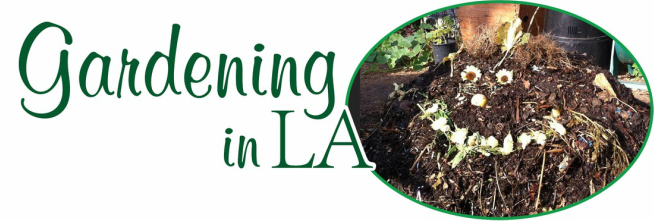
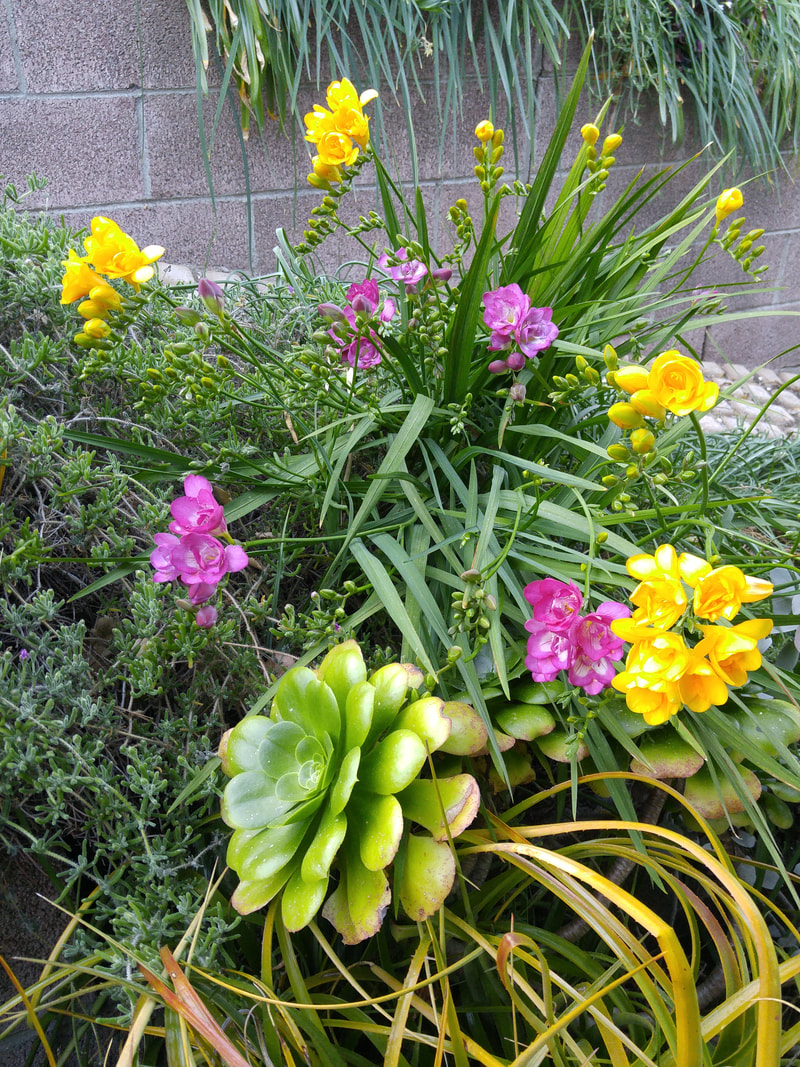
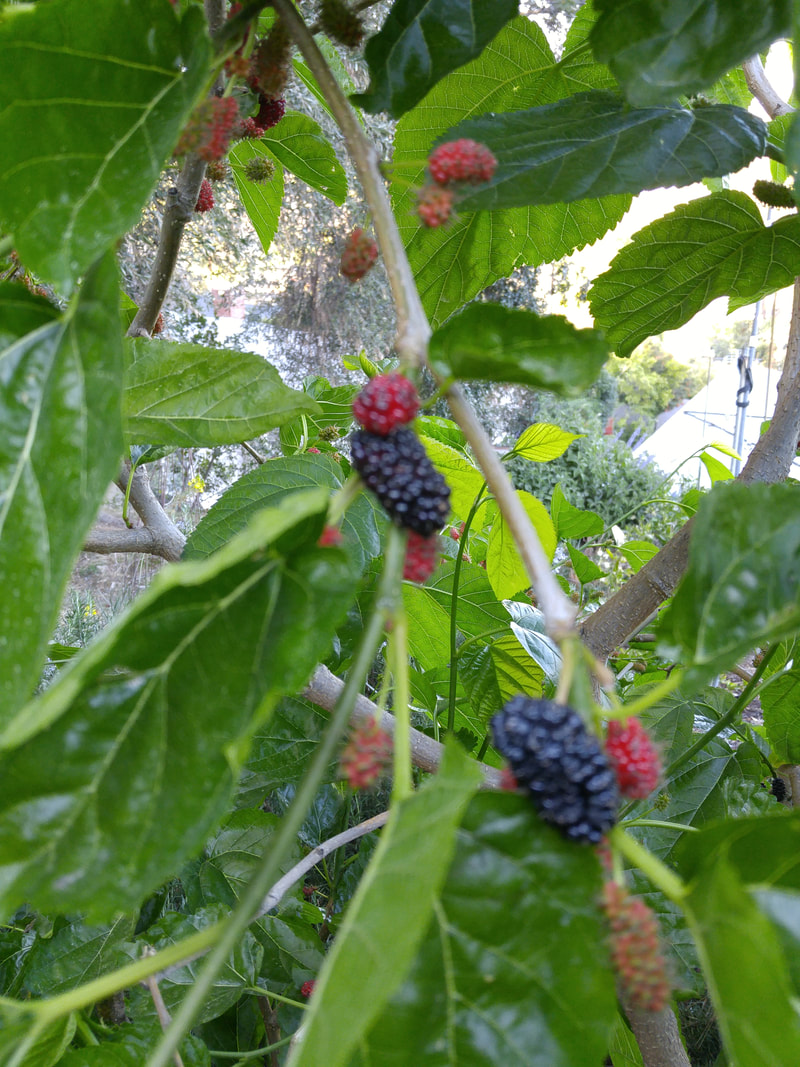
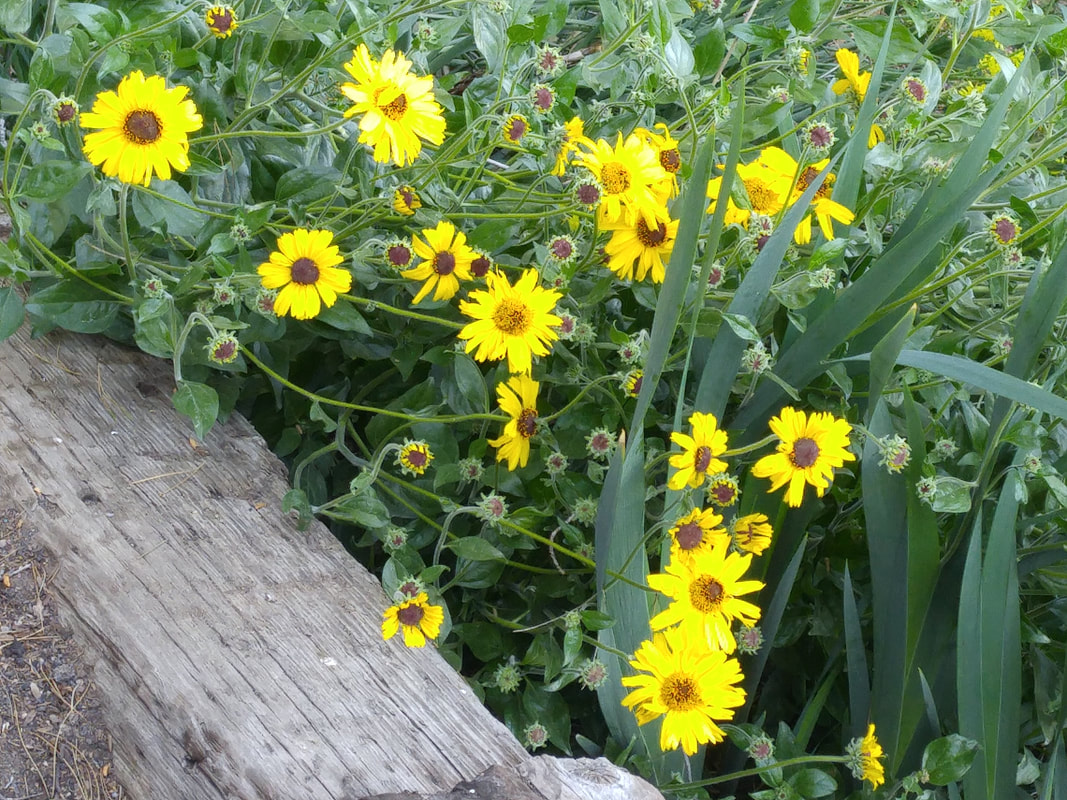
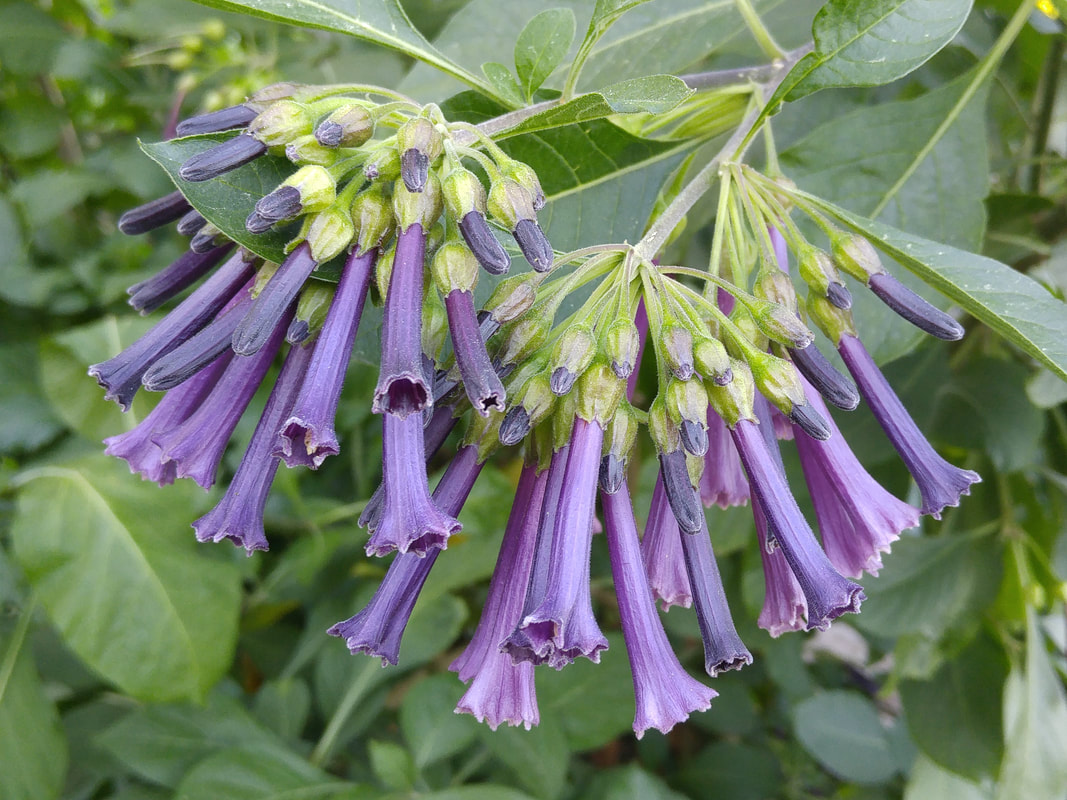
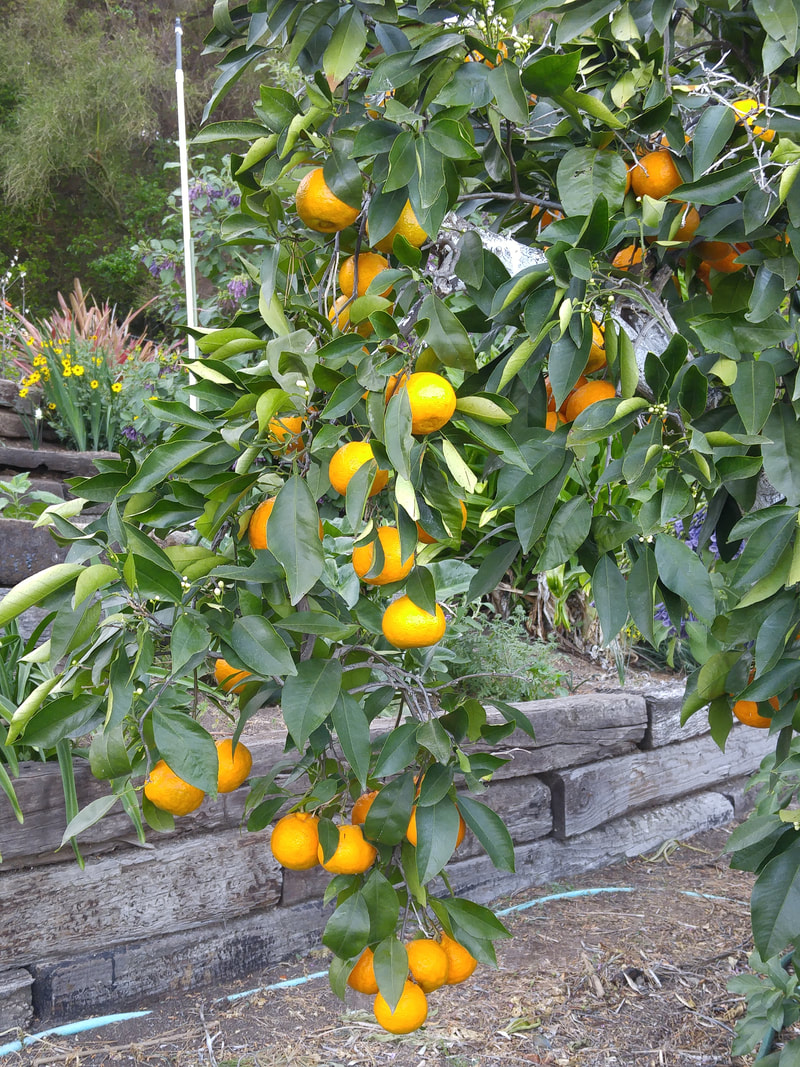
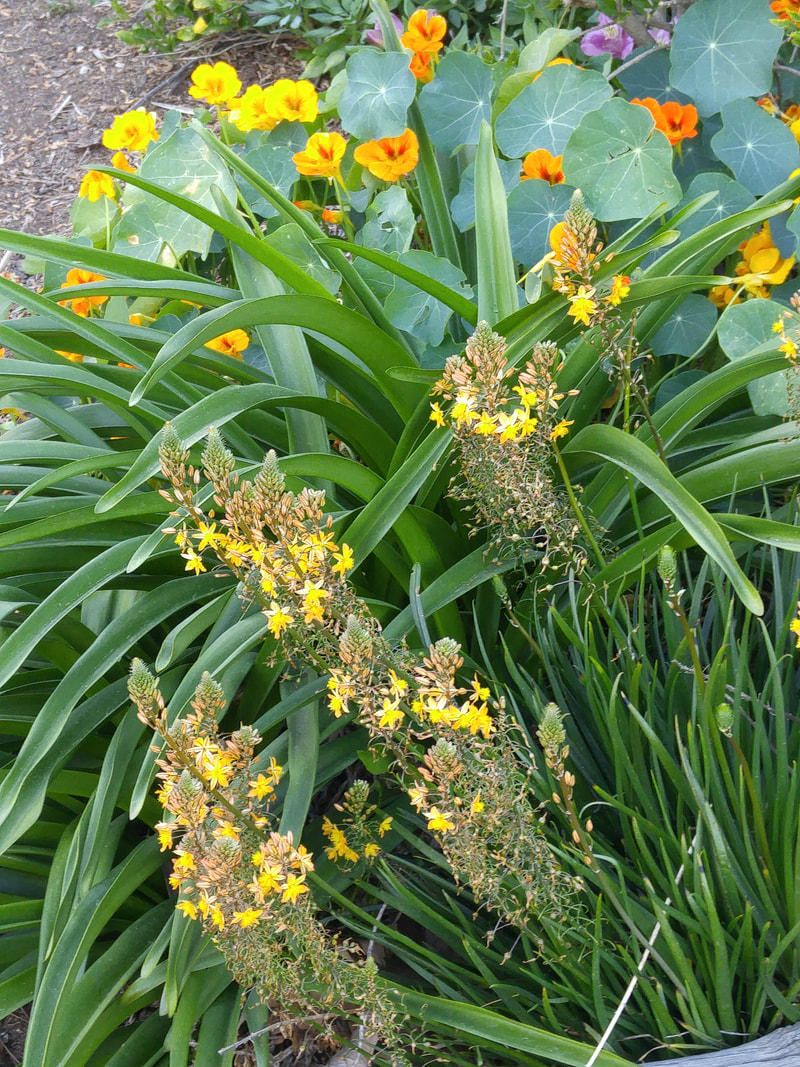
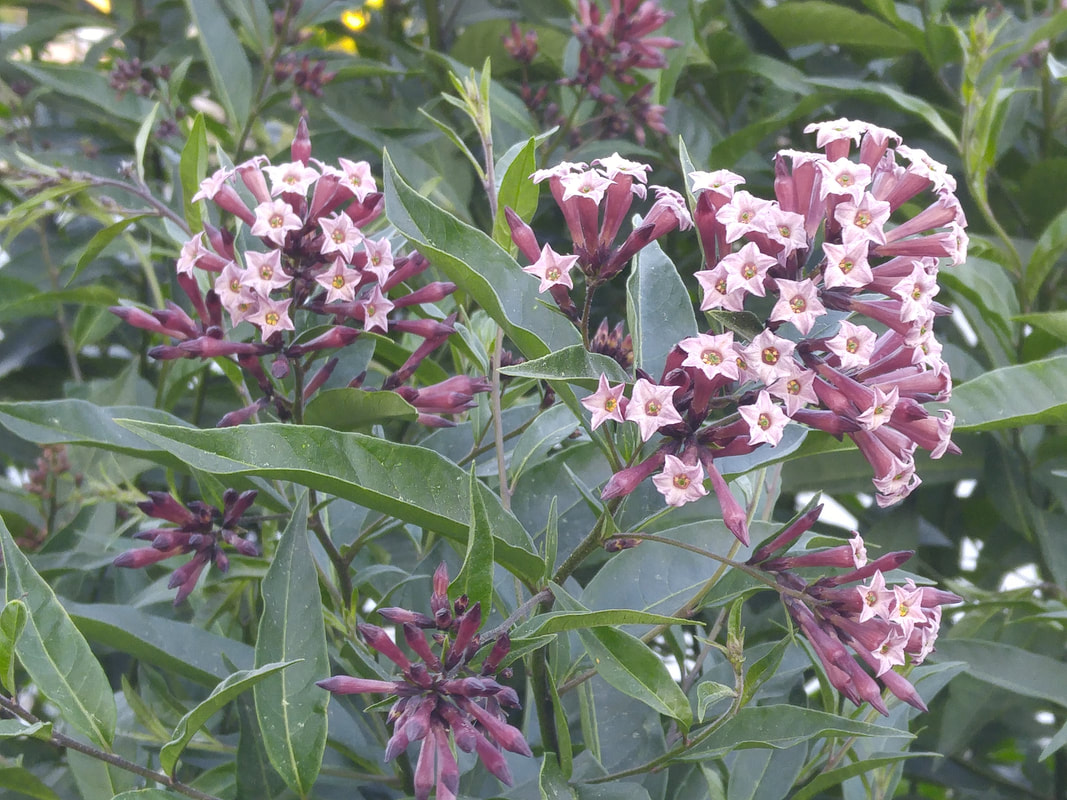
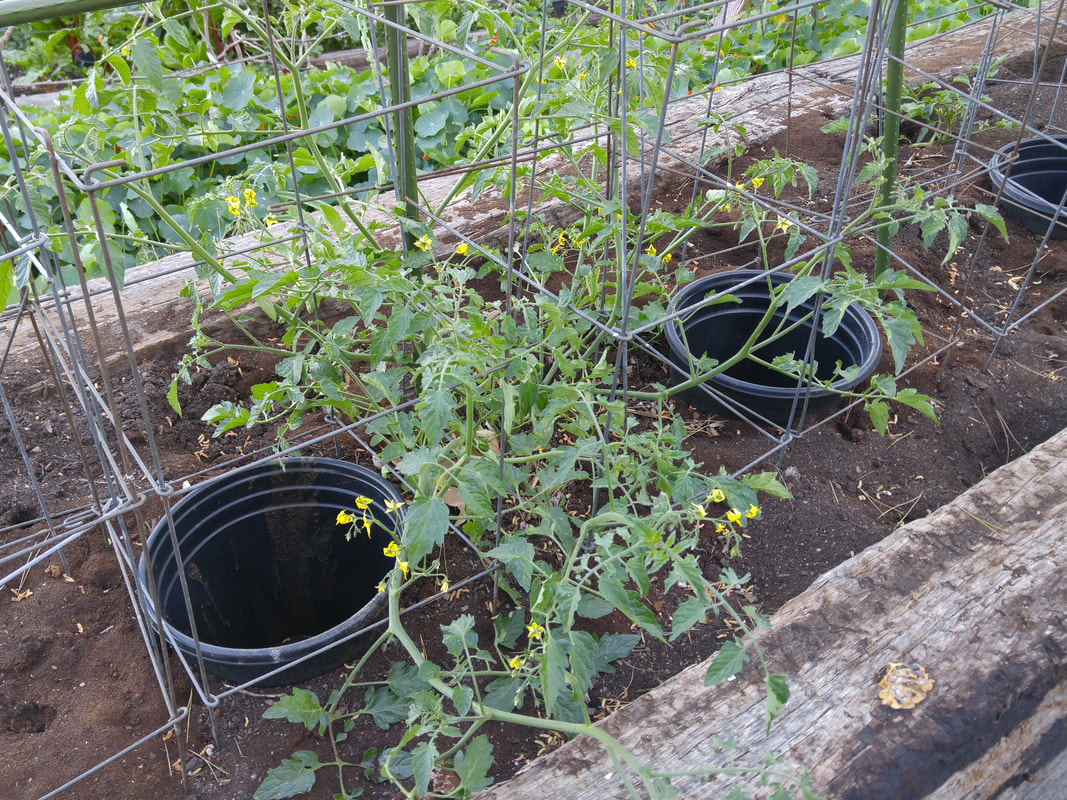
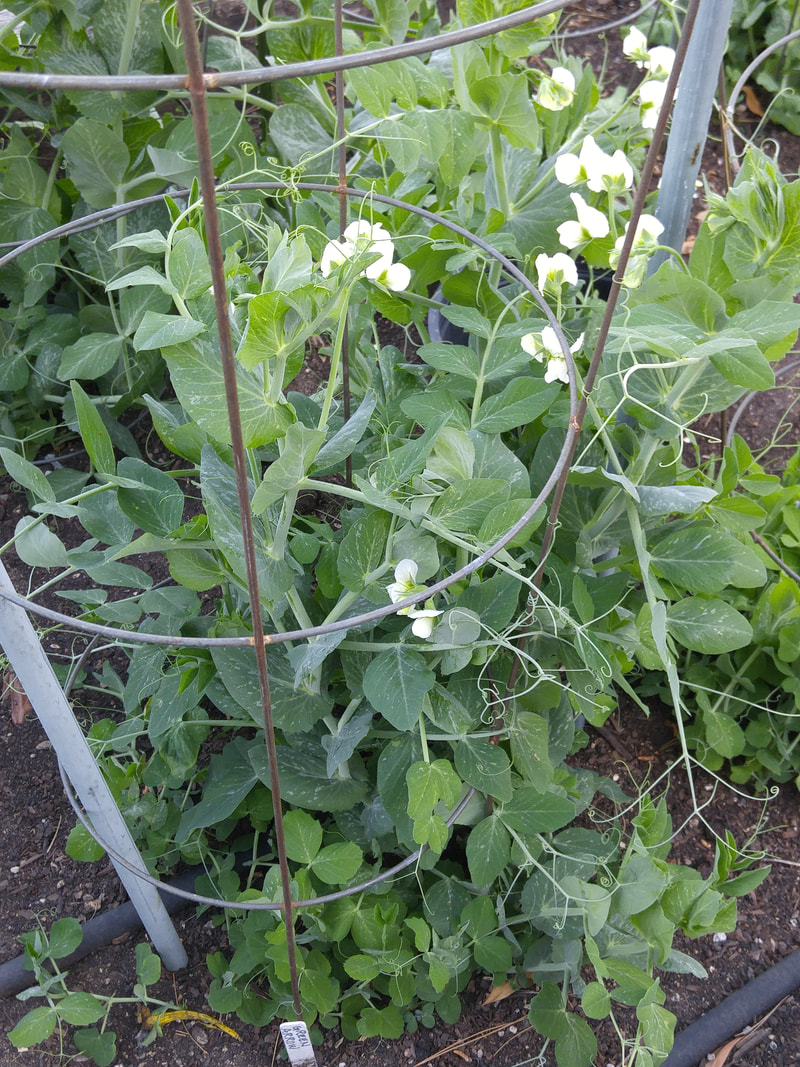
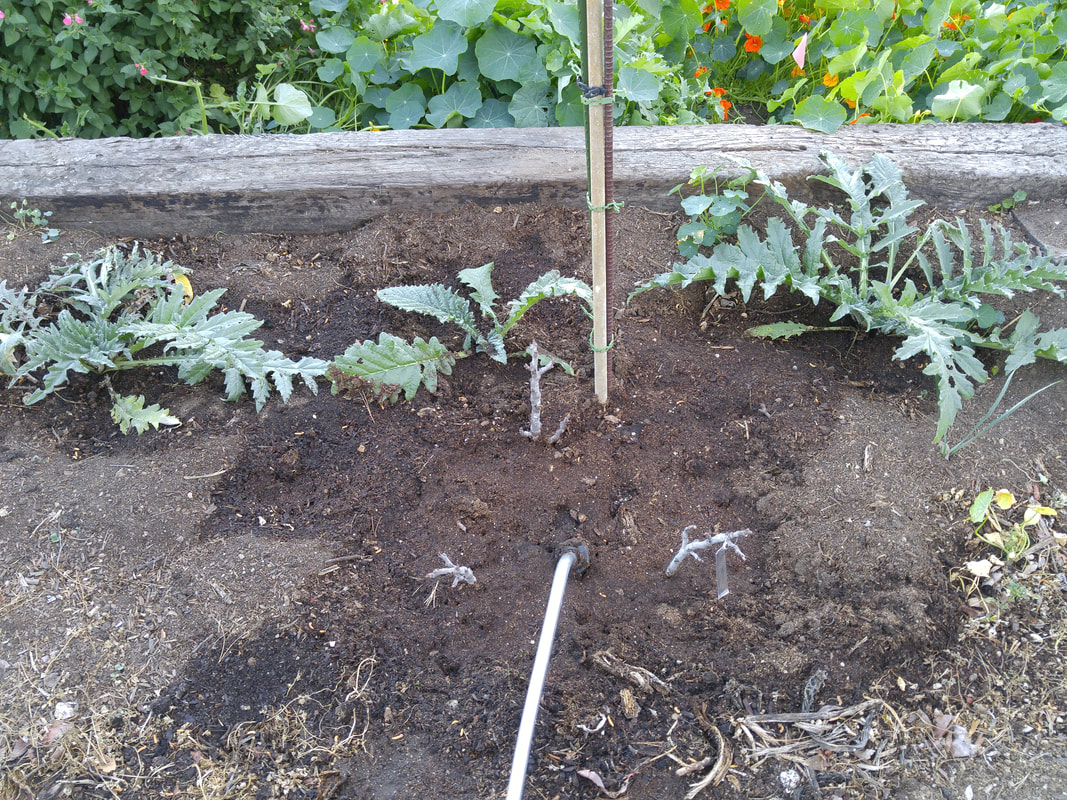
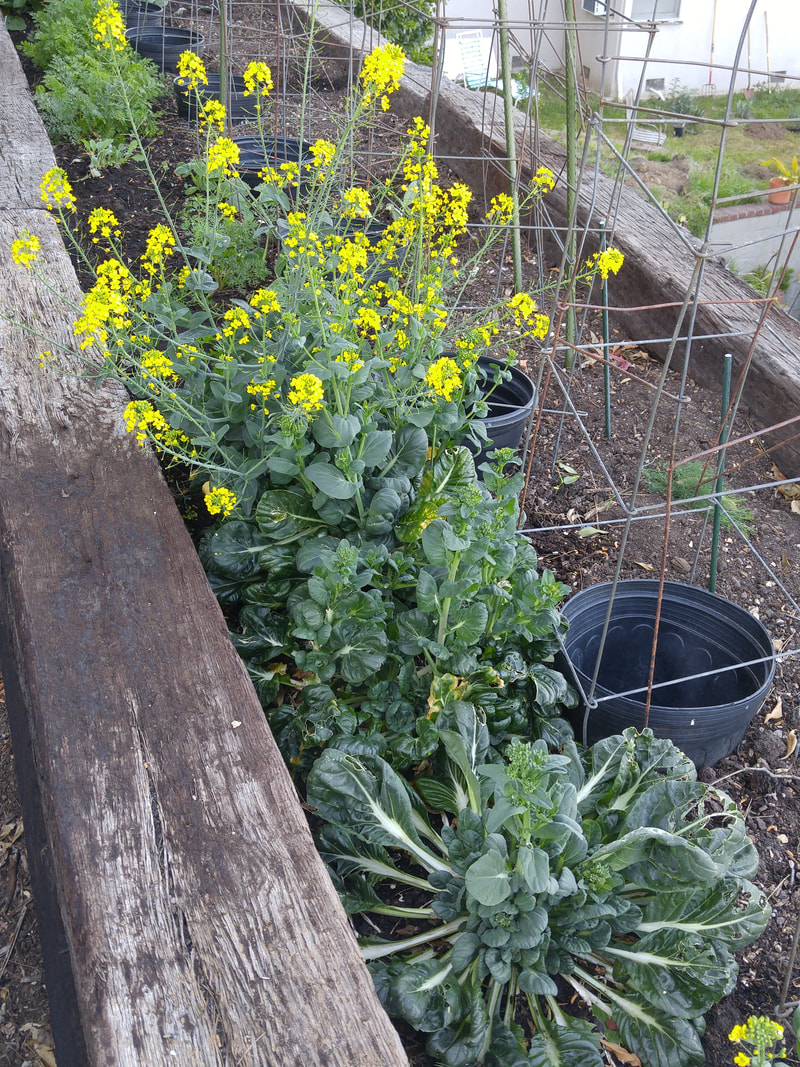
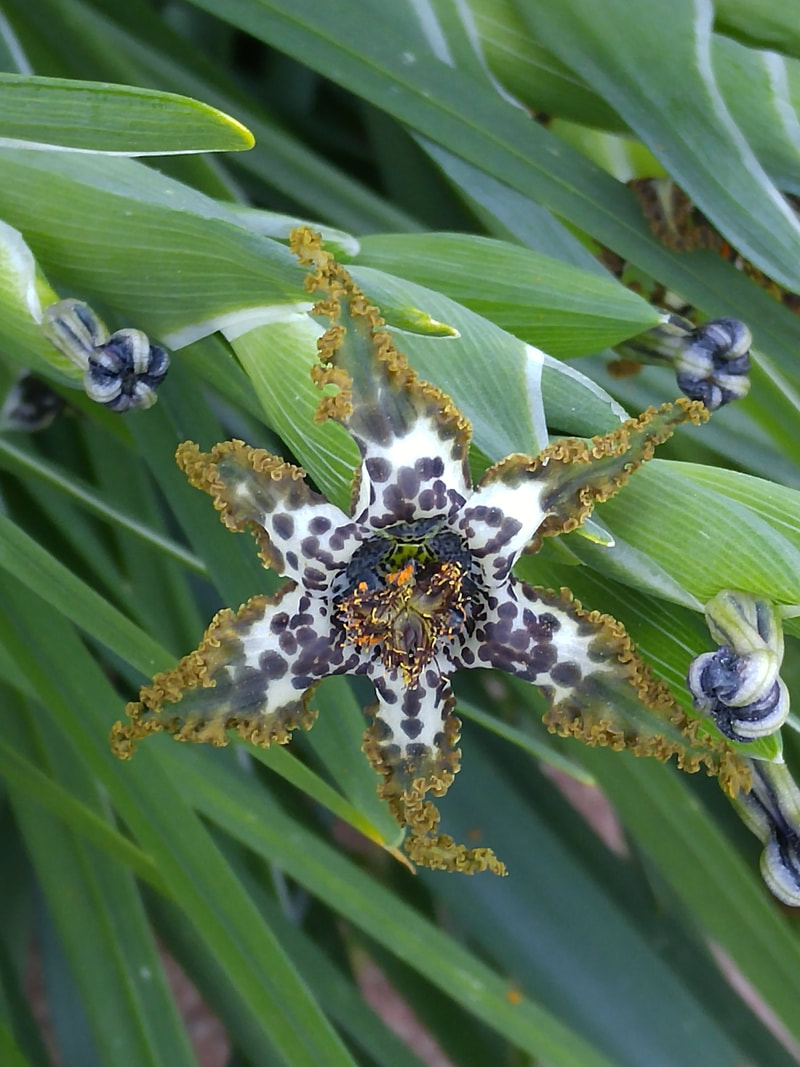
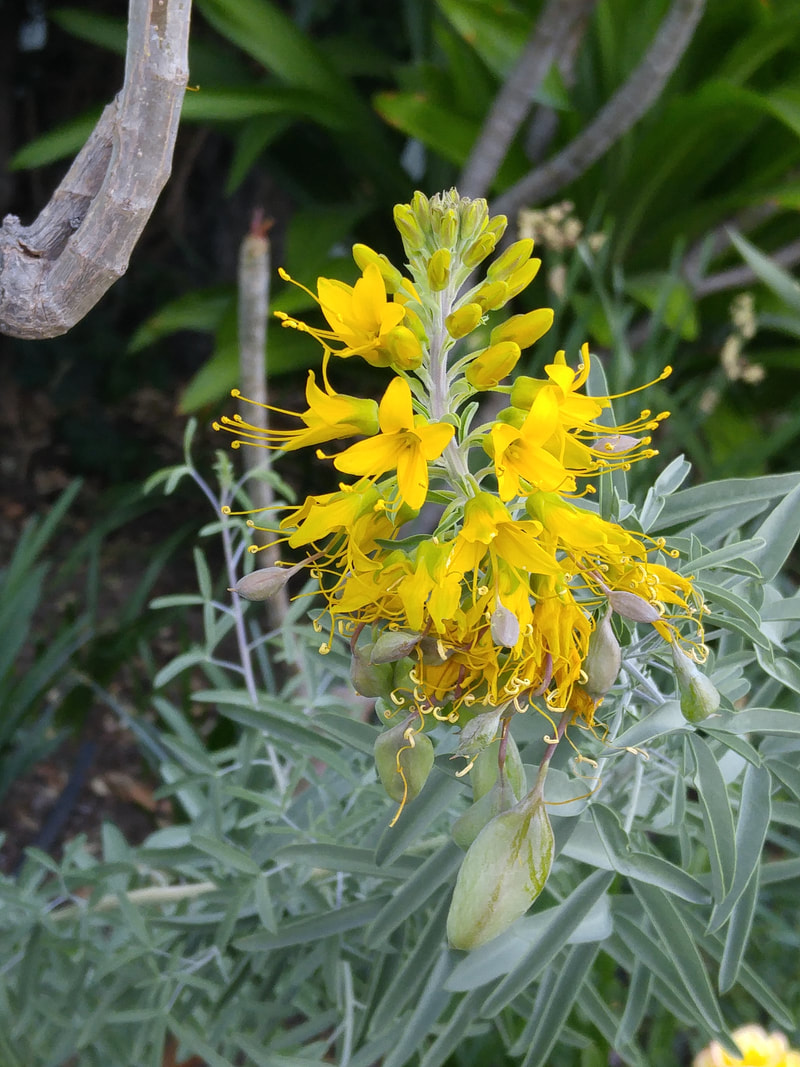
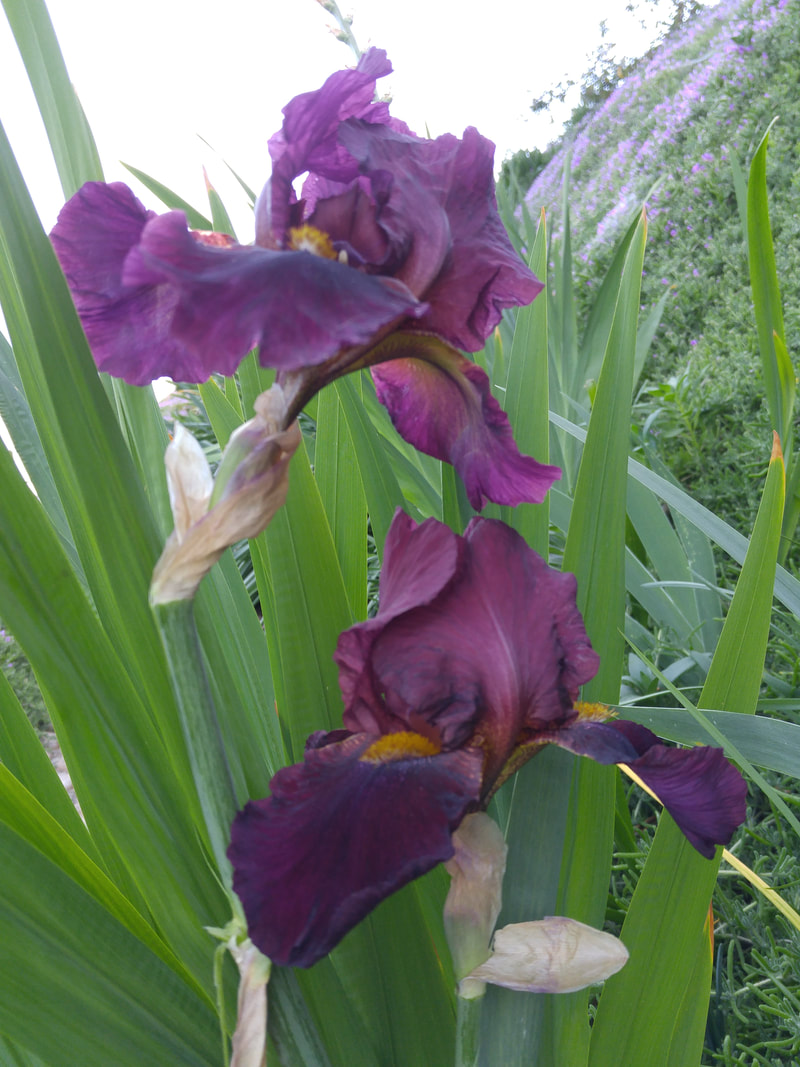
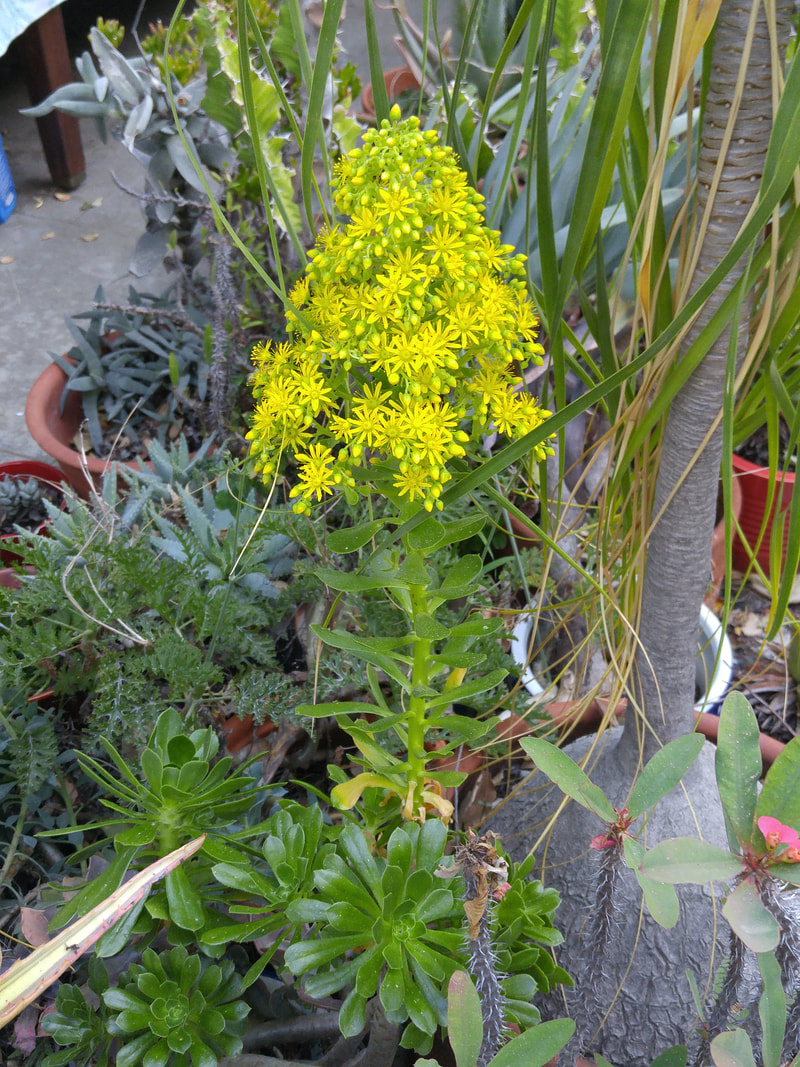
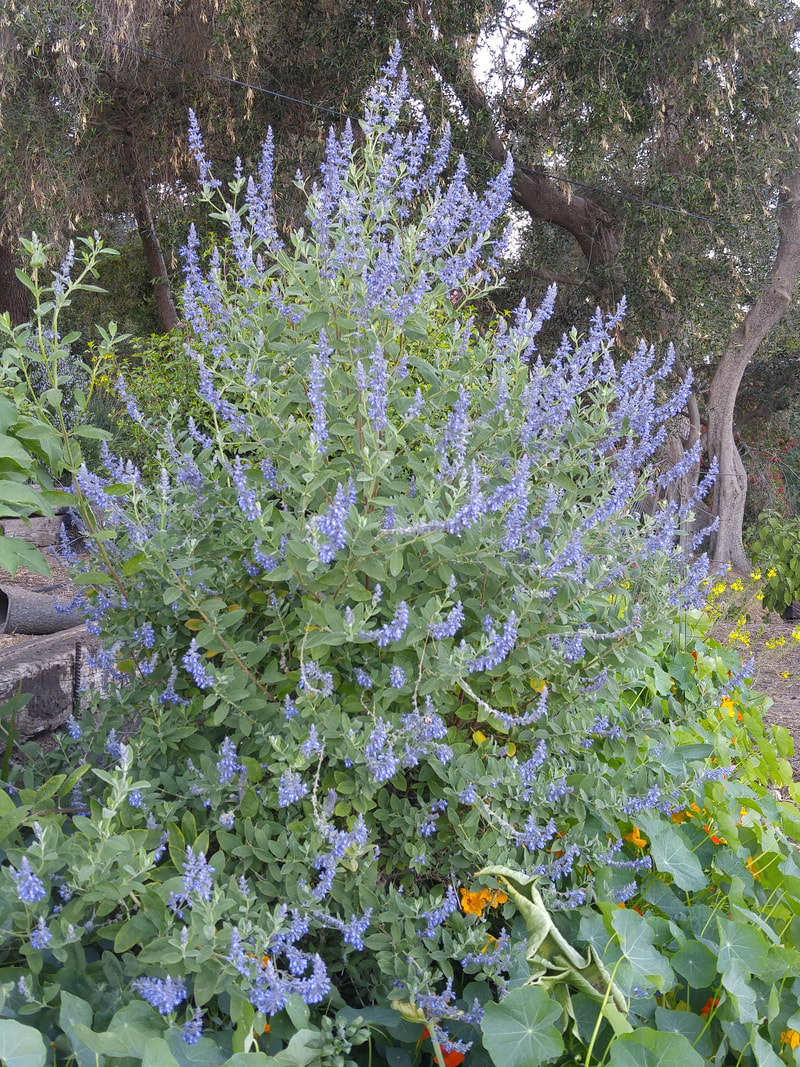
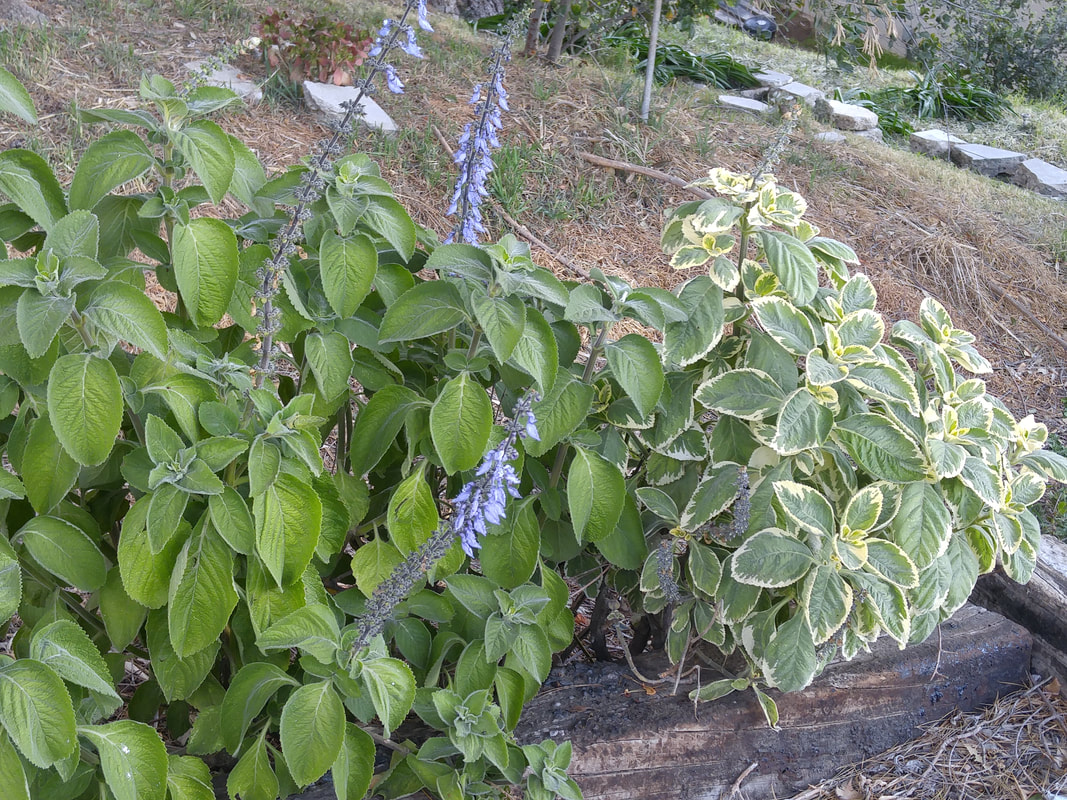
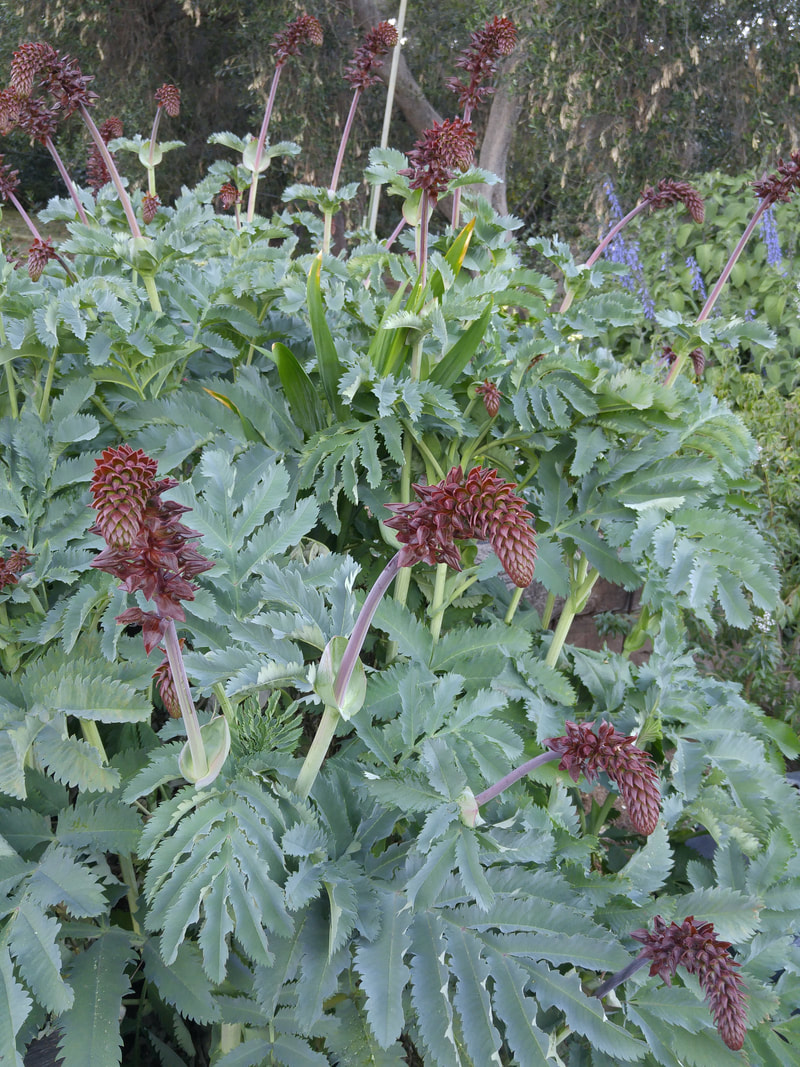
 RSS Feed
RSS Feed